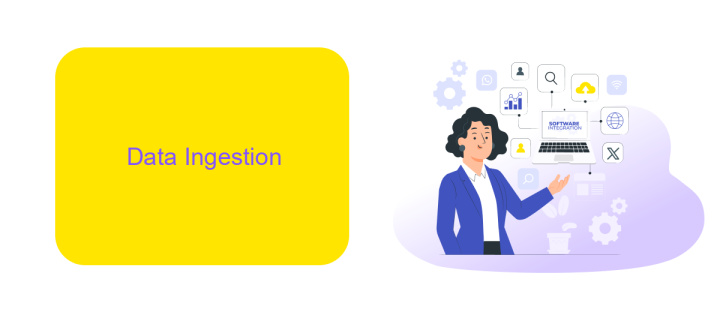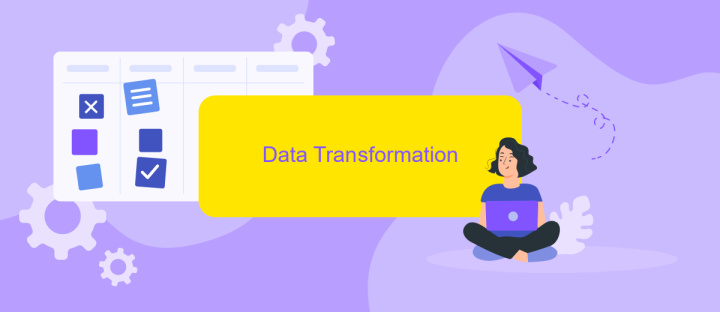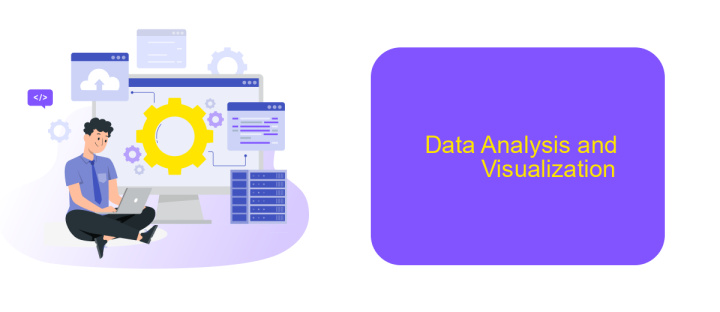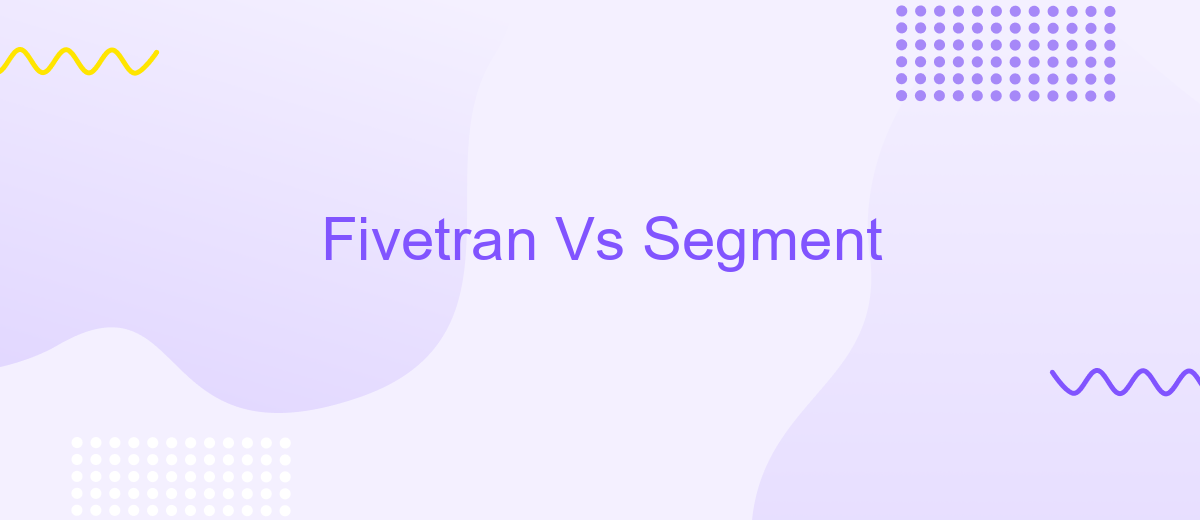Fivetran Vs Segment
When it comes to data integration and ETL (Extract, Transform, Load) solutions, Fivetran and Segment are two of the most prominent players in the market. Both platforms offer robust tools for consolidating and managing data, but they cater to different needs and use cases. This article aims to compare Fivetran and Segment, highlighting their features, strengths, and ideal use scenarios.
Introduction
In today's data-driven world, businesses rely heavily on efficient data integration tools to streamline their analytics and decision-making processes. Two prominent players in this arena are Fivetran and Segment, each offering unique features and capabilities. Understanding the differences between these platforms can help organizations choose the right tool for their specific needs.
- Fivetran: Known for its automated data pipelines, providing seamless data integration with minimal maintenance.
- Segment: Popular for its customer data platform, enabling businesses to collect, clean, and control their customer data.
- ApiX-Drive: A versatile service that simplifies the integration of various applications and services, enhancing the capabilities of both Fivetran and Segment.
Choosing between Fivetran and Segment depends on your business's specific requirements, such as the complexity of your data sources, the need for real-time data, and the level of customization required. Additionally, tools like ApiX-Drive can complement these platforms by providing additional integration flexibility and automation, ensuring a more comprehensive data strategy.
Data Ingestion

Data ingestion is a crucial aspect of any data-driven organization, and both Fivetran and Segment offer robust solutions to streamline this process. Fivetran focuses on automating the process of data extraction, transformation, and loading (ETL). It supports a wide range of data sources, making it easy to consolidate data from various platforms into a single data warehouse. Users appreciate its hands-off approach, as Fivetran handles schema changes and updates automatically, ensuring that the data pipeline remains uninterrupted.
Segment, on the other hand, excels in customer data infrastructure, providing tools to collect, unify, and route data to various destinations. It allows businesses to track user interactions across multiple channels and send this data to analytics, marketing, and other tools. Segment's flexibility in handling different data types and its real-time data processing capabilities make it a preferred choice for customer-centric applications. For those looking to simplify the integration of these services, ApiX-Drive offers an intuitive platform to automate and manage data workflows, ensuring seamless connectivity between various data sources and destinations.
Data Transformation

Data transformation is a critical aspect when comparing Fivetran and Segment. Both platforms offer robust solutions for transforming raw data into meaningful insights, but their approaches differ significantly.
- Fivetran: Fivetran focuses on automated data pipelines, providing pre-built connectors that automatically adapt to schema changes. This minimizes manual intervention and ensures data integrity.
- Segment: Segment, on the other hand, offers more flexibility with its Transformations API, allowing users to write custom code to transform data as it flows through the system. This is ideal for businesses with unique data transformation needs.
- ApiX-Drive: For those looking to integrate various data sources with ease, ApiX-Drive offers a user-friendly interface for setting up data transformations without the need for extensive coding knowledge.
Choosing between Fivetran and Segment for data transformation depends on your specific needs. If you prefer a more hands-off, automated approach, Fivetran is the better option. However, if you require customization and flexibility, Segment's Transformations API is more suitable. Additionally, ApiX-Drive can be a valuable tool for simplifying integrations and transformations.
Data Analysis and Visualization

When it comes to data analysis and visualization, both Fivetran and Segment offer robust solutions to streamline the process. Fivetran excels in automating data pipelines, ensuring that data from various sources is centralized and ready for analysis without manual intervention. This makes it particularly suitable for businesses that need reliable and consistent data flow.
On the other hand, Segment provides a more customer-centric approach, focusing on collecting, standardizing, and routing customer data to various tools for analysis. This flexibility allows for more tailored data insights, which can be crucial for marketing and customer experience teams.
- Fivetran: Automated data pipelines, minimal maintenance.
- Segment: Customer data routing, flexible integrations.
- ApiX-Drive: Easy integration setup, supports multiple platforms.
For businesses that require seamless integration of various data sources, ApiX-Drive can complement both Fivetran and Segment by simplifying the integration setup process. This ensures that data from multiple platforms is efficiently consolidated, allowing for more comprehensive analysis and visualization.
Conclusion
In conclusion, both Fivetran and Segment offer robust solutions for data integration, each with its unique strengths. Fivetran excels in its automated data pipelines and hands-off maintenance, making it an excellent choice for businesses that prioritize simplicity and reliability. Segment, on the other hand, provides a more versatile platform with extensive customization options, ideal for companies that need detailed control over their data flow and customer engagement.
When choosing between Fivetran and Segment, it's essential to consider your specific business needs and technical capabilities. Additionally, services like ApiX-Drive can further enhance your integration processes by providing a user-friendly interface for managing multiple data sources and destinations. Ultimately, the right choice will depend on your organization's goals, resources, and the complexity of your data infrastructure.


FAQ
What are the primary differences between Fivetran and Segment?
Can both Fivetran and Segment be used together?
Which tool is better for real-time data processing?
What kind of support do these tools offer for integrating with different data sources?
Are there alternatives to Fivetran and Segment for automating integrations and data flows?
Apix-Drive will help optimize business processes, save you from a lot of routine tasks and unnecessary costs for automation, attracting additional specialists. Try setting up a free test connection with ApiX-Drive and see for yourself. Now you have to think about where to invest the freed time and money!

